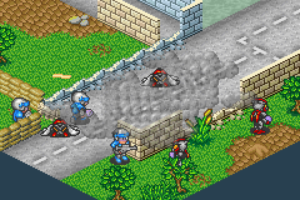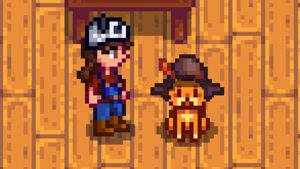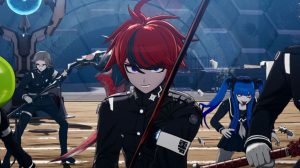Rebelstar: Tactical Command


Growing up in a relatively unremarkable mid-sized town, it’s easy to become convinced that nothing cool ever happens where you live. Save for that time Gladiators stars came to open the local branch of Blockbuster Video, even the celebrity sightings are mundane – Glenn Hoddle out for a walk with the family, or Ray Winstone shopping in Tesco. That changed in my late teens when I had a friend whose “my dad makes videogames” story was actually true. He’d worked with Julian Gollop on games like Laser Squad, the Rebelstar series and Magic & Mayhem. We’d never talked about games much because we were studying politics together, so I didn’t learn this until we’d already known each other for a few years, and I wish he’d told me sooner.
You see, around that time I was really enjoying Rebelstar: Tactical Command, the anime-style revival of the brand that felt like it had rather more in common with X-COM than the original 8-bit games. The game had struggled to gain an audience due to the rise of the DS and soon went on clearance, so I’d picked it up for just £6 brand new. Suddenly that brilliant bargain felt almost like theft. Never mind that Namco had published it, the people that made it were people that I could conceivably bump into in the street, and I’d bought it for a price that probably barely covered manufacturing.
I resolved that the best thing I could do was champion it, and I still like to switch people on to it today. While the Advance Wars games are the turn-based strategy titans on the Game Boy Advance, Rebelstar is different enough to complement them rather than competing with them. Beside the obvious difference in presentation, success depends far more on properly equipping your squad for the mission at hand, and bringing things down to infantry combat allows you to invest in your individual soldiers much more closely. If you’re looking for an engrossing single-player strategy game to occupy your time, this is a strong option that is frequently overlooked.




